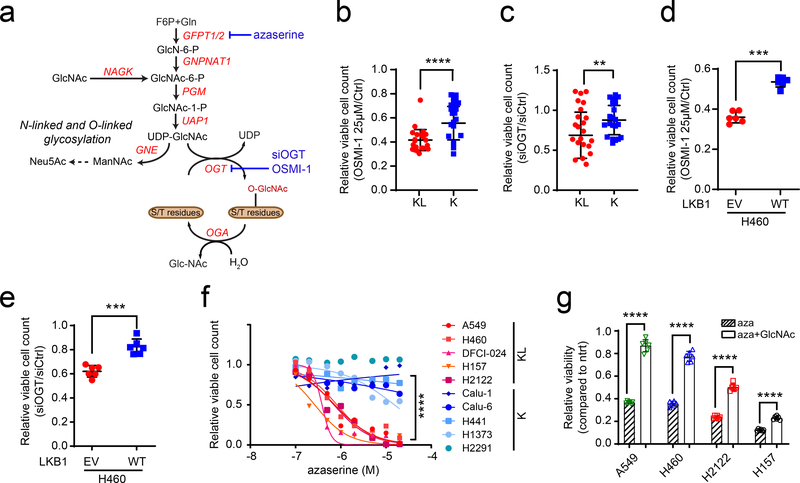Applications | Lung Function and Disease
Lung Function and Disease
Discover how metabolic pathways influence lung function, disease development, and response to treatment.

Used By







Featured Lung Function & Disease Resources

Metabolomics in Lung Function & Disease
Lungs are critical organs, supporting oxygen-carbon dioxide exchange to ensure a constant supply of oxygen to our cells and the elimination of waste gas. A wide range of diseases—both acute and chronic—with just as wide a variety of causes, can affect the lungs and reduce their ability to support proper gas exchange. These diseases include genetic disorders, infectious diseases, inflammatory diseases, and several diseases (including cancer) with multiple causes. Additionally, environmental exposures—including smoking and pollution—are a significant source of lung damage.
Lung function in adults is typically assessed by measuring the ratio of forced expiratory volume in one second (FEV1) to forced vital capacity (FVC), or FEV1/FVC. Nevertheless, this measurement doesn’t even come close to capturing the phenotypic diversity represented by lung diseases and is useless for identifying therapeutic targets for disease.
Metabolomics is a particularly powerful tool for identifying phenotypic alterations associated with both genotypic and environmental causes of disease, and it has been used to explore a variety of lung diseases. These studies have identified metabolic signatures associated with disease risk, etiology, stratification, and clinical outcomes, enabling the identification of promising new therapeutic targets in cancer, asthma, cystic fibrosis, and many others.

Uncover Functional, Actionable Insights with Metabolomics
More research is needed to fully understand the wide variety of conditions that can negatively impact human lungs. Metabolon can provide unique insight into the molecular mechanisms of and physiological responses to genetic, environmental, and infectious lung diseases. Using Global metabolomics, researchers can uncover new biomarkers and insights into disease pathogenesis, which can be further translated into actionable insights using targeted metabolomics panels.
Characterization of metabolic disruptions in disease pathogenesis
Metabolic reprogramming has long been recognized as a hallmark of cancer. Metabolomics can help unravel the relationship between metabolic events and disease risk, progression, and response to treatment in all cancers including lung cancer, enabling the identification of more robust biomarkers for risk prediction, prognosis, and treatment response. The combination of multiple omics datasets is a particularly powerful approach in cancer research.
Combining gene expression and metabolomics data from cancerous tissues and cell lines, researchers demonstrated that the glycolytic enzyme alpha-enolase (ENO1) is responsible for proliferation and metastasis in non-small cell lung cancer (NSCLC). These data helped clarify the role of ENO1 in increased glucose metabolism in NSCLC and identified this enzyme as a potential therapeutic target. Another multi-omics study combining transcriptomics, metabolomics, and genomics data from NSCLC tumors identified a role for adenosine diphosphate in promoting metastasis, identifying another potential therapeutic target in NSCLC.
Metabolomics and gene expression analysis of tumors from animal models and tumor tissues from human patients also revealed activation of the hexosamine biosynthesis pathway (HBP) in a particularly aggressive subset of NSCLC (KRAS/LKB1 co-mutant). Inhibition of the HBP enzyme Glutamine-Fructose-6-Phosphate Transaminase 2 (GFPT2) slowed tumor cell growth in both in vitro and in vivo models, pointing to GFPT2 as a promising therapeutic target.
Fu Q, Liu Y, Fan Y et al. Alpha-enolase promotes cell glycolysis, growth, migration, and invasion in non-small cell lung cancer through FAK-mediated PI3K/AKT pathway. J Hematol Oncol. 2015;8. doi: 10.1186/s13045-015-0117-5
Kim J, Lee HM, Cai F. et al.The hexosamine biosynthesis pathway is a targetable liability in KRAS/LKB1-mutant lung cancer. Nat Metab. 2020;2(12). doi: 10.1038/s42255-020-00316-0
Disease stratification
Metabolomics helps identify physiologic differences that can stratify patients and guide treatment approaches for disease subtypes. For example, acute respiratory distress syndrome has a variety of causes, which may be associated with different underlying immune involvement despite similar clinical presentation and pathological manifestation. Using metabolomics, researchers compared bacterial sepsis-induced ARDs and COVID-19-induced ARDs, identifying several therapeutically relevant pathways and highlighting the potential to use JAK inhibitors to improve outcomes in bacterial sepsis-induced ARDs. Additionally, the researchers used multi-omic networks to identify signatures of acute kidney injury and thrombocytosis associated with IL-17, MAPK, and TNF signaling pathways and cell adhesion molecules and suggested that combination therapy targeting two or more of these may prove beneficial.
Batra R, Whalen W, Alvarez-Mulett S, et al. Multi-omic comparative analysis of COVID-19 and bacterial sepsis-induced ARDS.. PLoS Pathog. 2022;18(9):e1010819. doi: 10.1371/journal.ppat.1010819
Identification of Clinical Outcome Biomarkers
Metabolomics may be used to predict the chance of lung transplantation success by identifying biomarkers indicative both of healthier transplant organs and of increased damage during transplantation itself. Combining gene expression and metabolomics data on reperfused lungs, researchers determined that increased oxidative stress via purine metabolism is a significant metabolic event during reperfusion and may be an important indicator of ischemic reperfusion injury. These data suggest that approaches to reduce oxidative stress, potentially by targeting purine metabolism, may help reduce ischemic injury during lung transplantation.
Metabolomics analysis of donor lungs undergoing ex vivo perfusion prior to transplantation revealed that a small collection of metabolites, including palmitoyl-sphingomyelin, 5-aminovalerate, decanoylcarnitine, N2-methylguanosine, 5-aminovalerate, oleamide, and decanoylcarnitine were highly correlated with transplantation outcomes. These data provide a window into potential biomarkers that can be used to identify transplant lungs that may be less successful and to develop approaches to improve these lungs’ conditions prior to transplantation. Similarly, another study used metabolomics to demonstrate that cold storage at 10oC preserved mitochondrial health and donor organ function, providing another mechanism for improving the likelihood of transplant success.
Baciu, C., Shin, J., Hsin, M. et al. Altered purine metabolism at reperfusion affects clinical outcome in lung transplantation. Thorax. 2023;78(3). doi: 10.1136/thoraxjnl-2021-217498
Hsin, M.K., Zamel, R., Cypel, M. et al. Metabolic Profile of Ex Vivo Lung Perfusate Yields Biomarkers for Lung Transplant Outcomes. Ann Surg. 2018;267(1). doi: 10.1097/SLA.0000000000002016
Ali A, Wang A, Ribeiro RV, et al. Static lung storage at 10°C maintains mitochondrial health and preserves donor organ function. Sci Transl Med. 2021;13(611):eabf7601. doi: 10.1126/scitranslmed.abf7601




Metabolomics Applications for Lung Function and Disease Research
- EBiomarker discovery
- EPrediction of disease progression
- EDisease risk assessment
- EMonitoring treatment response
- EPrediction of disease progression
- EDrug discovery and development
- EClinical outcomes prediction
- EDisease stratficiation
- EUnderstanding molecular mechanisms of disease
“Metabolomics, the systematic profiling of the small molecules in a biological system, represents a powerful tool to increase the understanding of the mechanisms of respiratory health, providing a downstream ‘snapshot’ of the status of a biological system reflecting phenotype as well as upstream genetic and environmental influences. As such, it is ideally suited to examine alterations in biological pathways that accompany phenotypical changes.”
Kelly, R.S., Stewart, I.D., Bayne, H. et al.
Metabolomic differences in lung function metrics: evidence from two cohorts. Thorax 77, 9 (2022). https://www.doi.org/10.1136/thoraxjnl-2020-216639
Metabolomics for Identifying Groups at Higher Risk for Infectious Disease
Infectious diseases remain a significant threat to public health, particularly for more vulnerable populations. Nevertheless, no single reliable method for identifying general susceptibility to infectious diseases exists. Even though metabolomic endotypes been used to identify and replicate respiratory disease endotypes, current clinical approaches do not capture information about circulating metabolites. Therefore, a study published in eBioMedicine applied metabolic profiling to identify metabolic endotypes indicative of susceptibility to multiple infectious diseases, including influenza and COVID-19. This work helps close an important knowledge gap and provides background information that can help support improved risk surveillance and preventive healthcare in the face of emerging infectious diseases.

Figure 1. asdfasdf
The research group utilized Metabolon’s Global Discovery Platform to profile plasma samples from participants in the Longitudinal EMR and Omics COVID-19 Cohort (LEOCC) to identify metabolomics endotypes associated with infectious disease risk. These data identified a severe metabolomic endotype with increased risk of severe COVID-19 infection and increased risk of influenza incidence and recurrence. This endotype was present before infection and was preserved even after infection, proving a robust biomarker. These results demonstrate the existence of an at-risk group of individuals that can be identified prior to infection, when preventive measures are possible, and showcase the utility of metabolomics profiling for supporting improved risk surveillance and infectious disease prevention and control.
Chen Y, Mendez K, Begum S, et al. The value of prospective metabolomic susceptibility endotypes: broad applicability for infectious diseases. EBioMedicine. 2023;96:104791. doi: 10.1016/j.ebiom.2023.104791
Lung Function and Disease Publications and Citations
Metabolon has contributed extensively to publications ranging from basic research to clinical trials.
Lung Function and Disease Knowledge Base
Dive deeper by viewing our case studies and webinars. Learn more about how Metabolon furthers lung function and disease research and check back for more to stay up to date on the latest developments in metabolomics in lung function and disease.
Contact Us
Talk with an expert
Request a quote for our services, get more information on sample types and handling procedures, request a letter of support, or submit a question about how metabolomics can advance your research.
Corporate Headquarters
617 Davis Drive, Suite 100
Morrisville, NC 27560
Mailing Address:
P.O. Box 110407
Research Triangle Park, NC 27709

